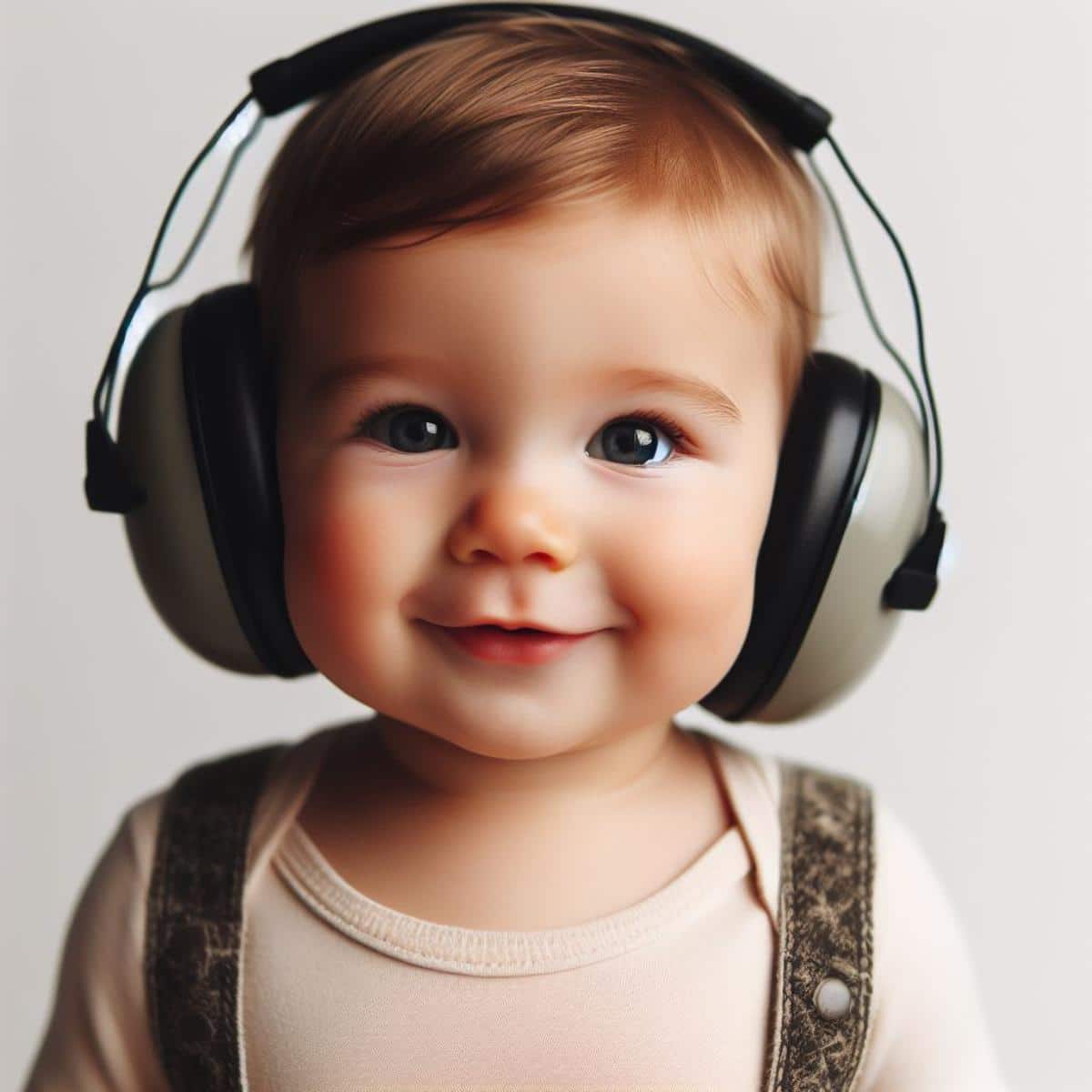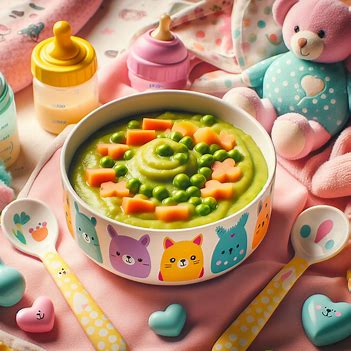Earmuffs: Introduction to Hearing Protection
Hearing protection is a crucial aspect of safeguarding your overall health, often overlooked in the cacophony of everyday life. Noise pollution is a silent killer, gradually eroding the quality of our hearing without us even realising it. Although it’s a widespread issue, affecting individuals of all ages, it’s particularly critical for the most vulnerable among us — our toddlers.
The auditory system of toddlers is in a crucial phase of development, making it more susceptible to damage from loud noises. As a responsible parent, it’s crucial to understand the need for hearing protection and take proactive steps to safeguard their auditory health. This article will delve into the world of hearing protection, focusing specifically on the importance of earmuffs for toddlers.
The Importance of Hearing Protection for Toddlers
The early years of a child’s life are pivotal for their overall development, and their auditory system is no exception. Exposure to consistent or sudden loud noises can result in noise-induced hearing loss (NIHL). This condition is irreversible and can significantly impact your child’s ability to communicate, learn, and socialise.
Hearing protection for toddlers isn’t just a precaution; it’s a necessity. It can help prevent hearing damage caused by everyday noise pollution, such as traffic, construction, and even household appliances. Moreover, situations where noise levels are particularly high, such as concerts, firework displays, or aeroplane rides, require utmost care.
It’s also crucial to understand that not all noise is damaging. Normal conversation levels, lullabies, or soothing music can contribute positively to a toddler’s auditory development. The key is to maintain a balance and ensure that your toddler isn’t exposed to harmfully loud noises.
Risks of Inadequate Hearing Protection in Toddlers
The risks of inadequate hearing protection are severe and long-lasting. Prolonged exposure to loud noise can lead to tinnitus, a condition characterised by a constant ringing or buzzing sound in the ears. This can cause significant distress and impairment in children, affecting their concentration and overall quality of life.
Furthermore, studies have shown a link between exposure to loud noise and behavioural issues in children. Noise pollution can cause stress, sleep disturbances, and cognitive impairment, leading to problems such as attention deficit disorder and learning disabilities.
Notably, the effects of noise exposure aren’t just limited to hearing loss. It can also cause physical health issues, such as increases in blood pressure and heart rate. Thus, the need for adequate hearing protection in toddlers cannot be overstated.
Understanding the Concept of Earmuffs for Toddlers
Earmuffs for toddlers are one of the most effective forms of hearing protection for young children. Unlike earplugs, which can be uncomfortable and pose a choking risk, earmuffs are safe, comfortable, and easy to use. They’re designed to cover the entire ear and create a seal against the head, effectively reducing the volume of sound reaching the eardrum.
Earmuffs come in a variety of sizes, styles, and noise reduction ratings. Some also come with additional features, such as built-in headphones for listening to music or calming sounds. However, it’s crucial to choose earmuffs that are specifically designed for toddlers, as they have smaller heads and more sensitive ears.
Benefits of Using Earmuffs for Toddlers
Using earmuffs can provide numerous benefits for your toddler’s hearing health. Firstly, they significantly reduce the risk of noise-induced hearing loss by lowering the volume of incoming sound. This can help preserve your child’s hearing health in the long term.
Secondly, earmuffs can help create a calm, quiet environment for your toddler, reducing their stress and enhancing their comfort in noisy situations. This can be particularly beneficial during fireworks, concerts, or aeroplane rides, where the noise level can be overwhelming for young children.
Lastly, using earmuffs can help instil good hearing protection habits from a young age. By teaching your toddler the importance of wearing earmuffs in noisy environments, you’re setting a strong foundation for their auditory health in the future.
Criteria for Choosing the Right Earmuffs for Toddlers
When it comes to choosing the right earmuffs for your toddler, certain factors need to be considered. The most important factor is the noise reduction rating (NRR), which indicates how much sound the earmuffs can block. A higher NRR means better protection, but it’s also important to ensure that the earmuffs don’t completely block out all sound, as this can be disorienting for a child.
The fit and comfort of the earmuffs are also essential. They should fit snugly over your toddler’s ears without being too tight or causing discomfort. Look for earmuffs with padded headbands and ear cups for added comfort.
Finally, consider the style and design of the earmuffs. Toddlers are more likely to wear earmuffs that they find attractive or fun. Therefore, choosing earmuffs in your child’s favourite colour or with a fun design can help encourage them to use them.
Top Recommended Earmuffs for Toddlers
There are numerous earmuffs available on the market designed specifically for toddlers. Some top recommendations include the Baby Banz Earmuffs, which are known for their high NRR and comfortable fit. The Em’s 4 Bubs Earmuffs are another excellent choice, with a unique headband design that’s perfect for smaller heads.
The Alpine Muffy Baby Earmuffs are also highly recommended. They’re designed with soft, comfortable ear cushions and an adjustable headband to ensure a perfect fit. Plus, they come in a variety of fun designs that your toddler will love.
How to Encourage Your Toddler to Use Earmuffs
Getting your toddler to wear earmuffs can be a challenge, but with patience and creativity, it’s entirely achievable. Start by explaining to them why it’s necessary, using simple terms that they can understand. You could say something like, “These earmuffs will protect your ears from loud noises, just like how your helmet protects your head when you’re riding your bike.”
Incorporate the use of earmuffs into your child’s playtime by making it part of their dress-up games or pretending they’re a superhero with ‘noise-blocking powers.’ You can also let them choose their earmuffs, making them feel involved in the decision-making process.
Most importantly, lead by example. If your child sees you wearing hearing protection in noisy situations, they’re more likely to do the same.
Expert Advice on Hearing Protection for Toddlers
Experts unanimously agree on the importance of hearing protection for toddlers. According to the World Health Organisation (WHO), over 1.1 billion young people are at risk of hearing loss due to exposure to noise in recreational settings. The American Academy of Pediatrics also recommends using earmuffs for children exposed to loud noises for extended periods.
In addition, audiologists strongly recommend regular hearing checks for children, especially if they’ve been exposed to loud noises. Early detection and intervention can significantly improve the outcome if a hearing issue is present.
Conclusion
In conclusion, hearing protection for toddlers is a non-negotiable aspect of their overall health and development. Earmuffs for toddlers, with their ease of use and effectiveness, offer an excellent solution to protect your child’s hearing. Remember, it’s never too early to start prioritising your child’s auditory health. Let’s make the world a quieter, safer place for our little ones, one pair of earmuffs at a time.












